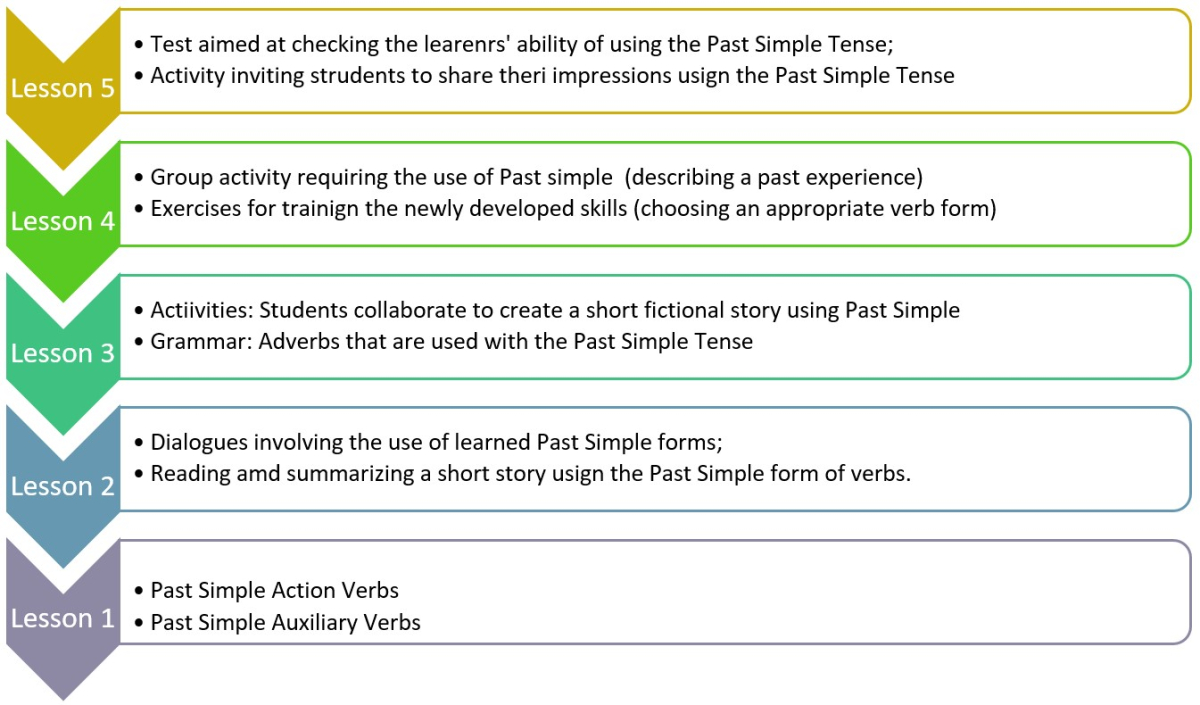Differentiation and How It Supports ELLs
Every student must be provided with an opportunity to fulfill their potential and have an opportunity to learn. For this purpose, it is essential to realize that every learner is unique (Ontario Ministry of Education). Students from different backgrounds, learning styles, multiple intelligences, and different sets of skills require individual teaching approaches. Therefore, differentiation as the idea of splitting a class into groups based on the specifics of learners’ backgrounds is not only necessary but also inevitable. Otherwise, students will be unable to acquire the necessary skills successfully. To encourage the implementation of a balanced literacy program, a teacher may have to consider the multiple intelligences such as inter- and intrapersonal skills, linguistic prowess, and spatial awareness. The identified aspects of multiple intelligence transcend cultural boundaries and, therefore, can be used to design a training program that will help target learners’ weaknesses based on the differentiation principle (Bomberry et al. 3). As a result, a tool for students’ rapid progress can be designed.
Accommodating ELLs
The teacher’s plan under analysis embraces the opportunities to teach ELL students the essentials of algebra. The elements of accommodation can clearly be tracked down in the plan. For example, the fact that it incorporates instructions for the Step One and Step Two level students indicates that its creators were aiming at meeting the academic needs of several types of learners. The plan allows the students that currently possess a slightly lower range of skills than their peers to engage in class activities and, therefore, develop the required skills. At the same time, a teacher puts a significantly lesser pressure on ELL learners since a range of options for students that are not very familiar with the English language are provided to understand the assignment better.
Modifying for ELLs
The significance of modifications in the environment of a diverse classroom can hardly be underrated. It is essential to adjust the process of learning to meet the needs of students from different backgrounds, particularly, ELLs. The identified approach is bound to lead to an improvement in a learner’s performance (“Supporting English Language Learners” 5). The necessity to introduce modifications becomes evident once a learner fails to understand tasks, shows the lack of engagement, and is under the threat of being disadvantaged compared to other learners (“Growing Success” 7). When modifying the classroom environment, a teacher must pay close attention to the spatial design that will help ELLs feel more comfortable, detailed and at the same time simple instructions about the essential contact information, the curriculum, school clubs, teams, etc. (“Supporting English Language Learners” 11). One of the experiences of modifying a program for a student that was dyslexic involved shorter exercises that required focusing on specific letters that the learner confused (particularly, “b” and “d”).
Planning for our ELL Students
Title
Teaching ELL Students to use Past Simple Tense
Summary of unit
The goal of the unit is to teach ELL students to use the Past Simple Tense and understand how it is applied in the English language. Furthermore, the learners will have to memorize the Past Tense of at least 50 common English irregular verbs.
It is also expected that ELL students will engage in active communication with the rest of the class, thus, improving their social skills. The lesson, thus, will also be aimed at expanding their communication abilities and encouraging them to become active members of the community.
Scope and sequence
The list provided below details the essential elements of the unit. By achieving each of the goals stated below, one will be able to guide ELL students to not only academic success but also independence in learning. As a result, ELL students will be able to develop literacy skills required to engage in simple conversations and, thus, communicate more efficiently.

Big Ideas
The Past Simple Tense allows learners to study the ways in which the concept of action is expressed in the English language and culture. For instance, the fact that the Past Simple Tense can be used to refer to recurrent actions in the past, as well as the actions that occurred once at a specific point in time, can be connected to the idea of traditions and habitual actions in the English culture (). Furthermore, the specified set of lessons will allow learners to get ready for exploring the phenomenon of the Past Progressive Tense, which will be juxtaposed to the Past Simple Tense. As a result, the learners will develop an intrinsic understanding of the:
Focus Questions
- What for is the Past Simple Tense used?
- How is the Past Simple Tense formed?
- What adverbs are commonly used with the Past Simple Tense?
- How can the Past Simple Tense help render previous experiences?
Overall Expectations
- The students will learn about the use of the Past Simple Tense.
- The students will be able to tell about their experiences and past events using the Past Simple Tense.
Assessment and Evaluation
- Assessment for leaning: enhanced student-teacher communication and scaffolding.
- Assessment as learning: using peer-assessments.
- Assessment of learning: quizzes and tests.
Links to Prior Knowledge and Skills
- The students will be provided with an opportunity to compare the formation of the past tense in English and their native language;
- The students will explore the culture-related characteristics of using the past tense in the English language and link it to their culture;
- The students will be able to engage in meaningful conversations with their peers to share their experiences and, thus, connect their background knowledge with the recently acquired abilities;
- The students will use their knowledge of their native language to make connections to the English language and, thus, relate to it better.
Works Cited
Bomberry, Michelle, et al. “A Sacred Journey.” DSNB.org, 2011, Web.
“Growing Success.” Edu.Gov.On.Ca, 2010.
Ontario Ministry of Education. “Aboriginal Perspectives: A Guide to the Teacher’s Toolkit.” Edu.Gov.On.Ca. 2011, Web.
“Supporting English Language Learners.” Edu.Gov.On.Ca, 2010.